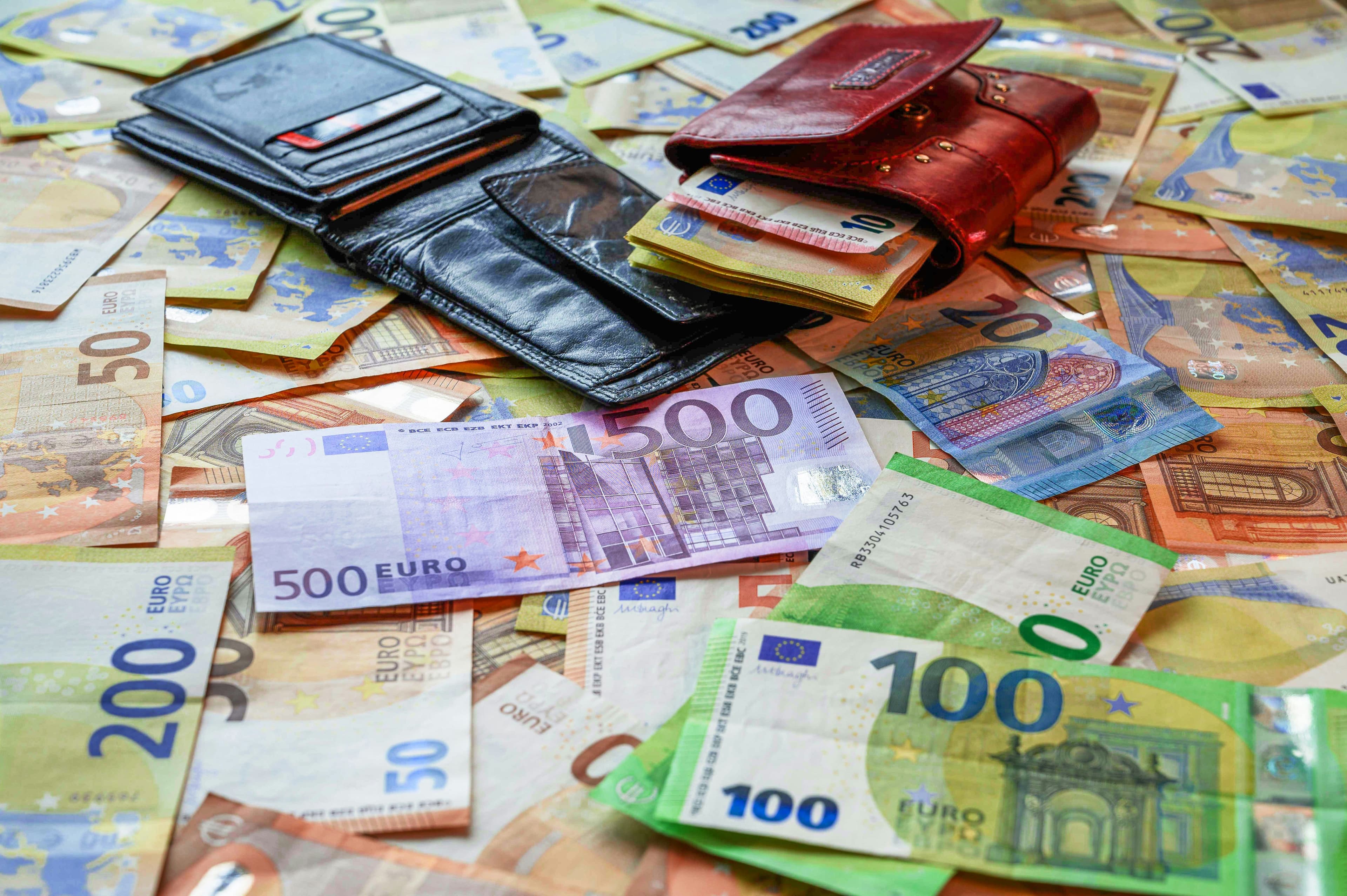Annual inflation rose to 2.4 per cent in the eurozone. Luxembourg demonstrates stability

Willfried Wende, Unsplash
According to Eurostat, inflation in the Eurozone stood at 2.4% in December 2024, up from 2.2% in November. The EU also saw growth, with inflation reaching 2.7%, up from 2.5% a month earlier. On an annualised basis, these figures are lower: in December 2023, inflation was 2.9% in the Eurozone and 3.4% in the EU.
The increase in inflation occurred against the background of growth in prices for services (+1.78 p.p.) and foodstuffs, alcohol and tobacco (+0.51 p.p.). The contribution of energy was minimal (+0.01 p.p.), which indicates stabilisation of prices in this sector.
Inflation varies widely across the Eurozone and the EU.
The lowest inflation rates were recorded in:
- Ireland (1.0%),
- Italy (1.4%),
- Luxembourg, Finland and Sweden (1.6%).
The highest rates are recorded in:
- Romania (5.5 per cent),
- Hungary (4.8 per cent),
- Croatia (4.5 per cent).
In total, inflation increased in 19 countries, remained stable in one and decreased in 7 countries. For example, inflation fell in the Czech Republic and Malta, while in Germany and Spain it rose.
Contribution of different categories to inflation
- Services proved to be the main driver of inflation, adding +1.78pc.
- Food, alcohol and tobacco contributed +0.51pc, of which processed foods accounted for a significant proportion (+0.44pc).
- Energy made only a minimal contribution in December (+0.01 p.p.), due to its low growth rate or even decline in some months of the year.
- Industrial goods gave a small gain (+0.13 p.p.), remaining stable.
Comparison with 2023 shows a year-on-year decline in inflation, indicating a softening of external economic factors such as rising energy prices. Nevertheless, services continue to be a key driver of inflation growth, due to post-pandemic economic recovery and rising domestic demand.





